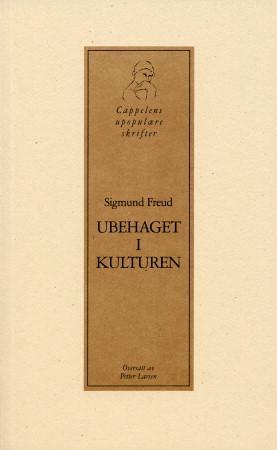
Nazi Propaganda Through Art and Architecture av Norman Ridley
299,-
When the Nazis came to power in January 1933, they began a programme of transforming Germany from a democracy into a totalitarian state, but it was not a matter of simply enforcing compliance. The people had to be coaxed into believing in the new regime. Hearts and minds had to be won over and one of the ways the Nazis did that was to create an ideal of German nationhood in which everyone could feel proud. This was especially the case with art, which came to be used as a powerful tool of propaganda both to disseminate the myth amongst the population and indicate to the Nazi administrators the sort of cultural environment they should create. It was not an easy thing to do. While the nation was being re-created as a dynamic, modern, and powerful industrial giant, all the signals coming from Hitler indicated that his own idyllic view of the German nation was of a traditional, rural people deep-rooted in a romantic-mystical aesthetic. Hitler¿s own experience as an artist in Vienna before t








